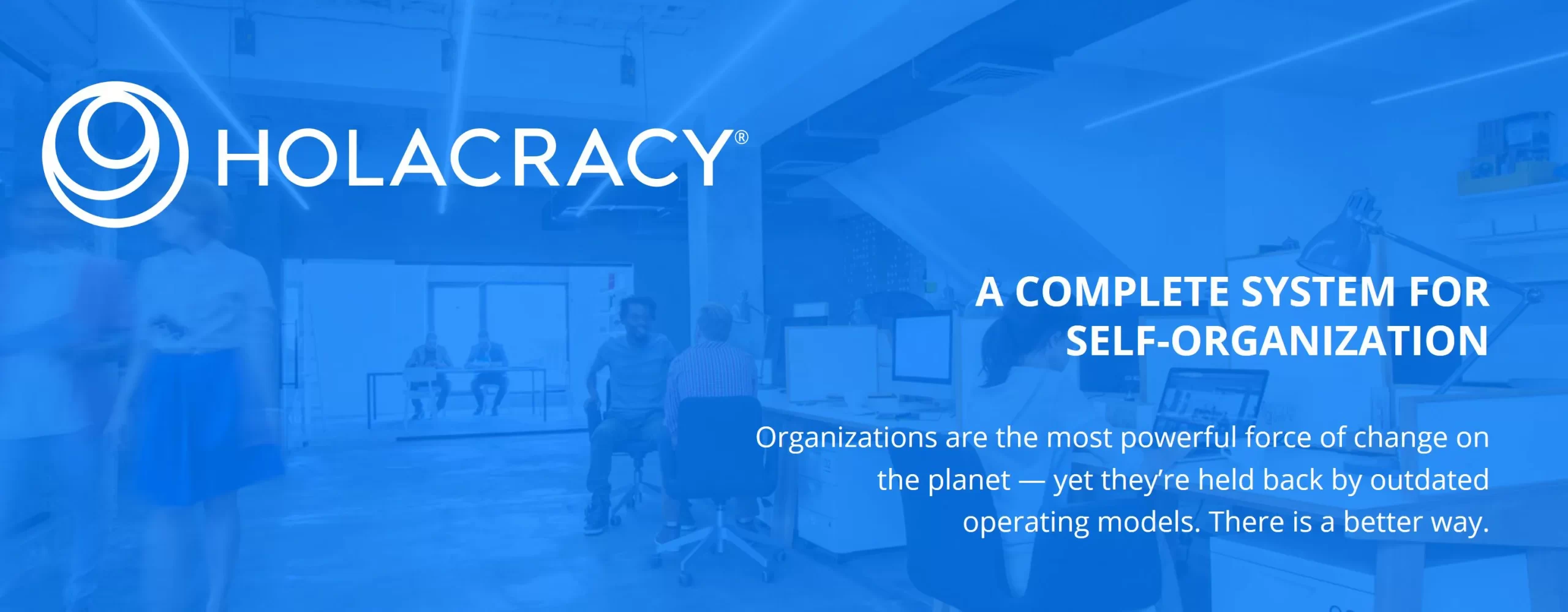
A common myth among entrepreneurs is that organizational structure gets in the way of getting work done. Several innovative companies thus try to minimize or loosen the way they’re organized to address issues perceived as a result of “too much structure”. In my experience, this is usually a mistaken goal: problems don’t come from structure itself, but from having an inappropriate structure. To understand what this means, I find a simple distinction used by organizational theorist Elliott Jaques particularly helpful. He identifies three distinct types or meanings of structure that can be useful in any organization.
First, there is the “formal” structure — the org chart and the job descriptions. Now, ask yourself: how many times in a day do you go and look at job descriptions to get real, grounded clarity on what you need to focus on and what you can expect from others? Most people laugh at the question, as the formal structure in most organizations is far removed from the reality of what is actually happening and needed; they are little more than formalized bureaucratic artifacts. In many cases job descriptions are out of date and irrelevant by the time they roll off the printer.
When the organization’s formal structure offers little guidance on what’s actually needed day to day, we work around the formal structure to get the job done. This gives rise to another kind of structure, which Jaques calls the “extant structure.” This is the structure that is actually operating — the often-implicit reality of who’s making what decisions, who owns which projects, and so on.
As we work together in this way, cultural norms develop, and we start aligning with those. This creates an implicit structure that becomes the often-unconscious “way things are done.” Yet Jaques goes on to point out a third potential structure: the “requisite structure”, which is the structure that would be most natural and best suited to the work and purpose of the organization.
Evolving the Requisite Structure
The challenge then is finding the requisite structure — the structure, policies, processes, roles, and expectations that are ideal for getting work done with minimal waste. However, we can’t possibly know exactly what that it is up-front — it’s just too complex. Any attempt to design it top-down will inevitably fall short, and may end up creating yet more bureaucracy via a formal structure that misses the mark.
A better option is to put in place a “meta-structure” that allows everyone in the organization to help evolve the formal structure regularly, to make it more requisite. Holacracy is one such meta-structure — an end-to-end management system that gives each team a way to design its own structure, over time, based on whatever team members sense could be improved. Using Jaques’ language, we could say that those team members sense a gap between the extant structure (what is), and the requisite structure (what could be). When they take that gap into Holacracy’s unique governance process, the output is a formally-captured update to the team’s structure, processes, policies, etc. Thus, each team ends up evolving its own formal structure to be more requisite, and does so continually, as they learn together.
Consequently, in a Holacracy-powered organization, people do refer to their and others’ job descriptions regularly, sometimes on a daily basis — because they contain relevant, accurate, and useful transparency on what makes sense to do and expect. The way we actually work together (the extant structure) more closely reflects the formal structure at play, which more closely reflects what’s requisite — these three structures collapse and become one and the same. At least, for a time, because as new issues surface, new governance meetings are held and the structure is further evolved.

Brian Robertson is an experienced entrepreneur, CEO, and organizational pioneer. He is most well known for his work developing Holacracy, a comprehensive “operating system” for governing and running purpose-driven, responsive companies. Its dynamic approach integrates the collective wisdom of people throughout the company, without the tyranny of consensus — it allows anything, sensed by anyone, anywhere in the organization, to get rapidly and reliably processed into organizational evolution. The result is dramatically increased agility, transparency, innovation, and accountability.
Mr. Robertson’s initial work that led to Holacracy took place within a software development company he founded and led as CEO for seven years. He now works with HolacracyOne, an organization Mr. Robertson co-founded to support Holacracy’s further development and use it in the world. He is the author of “Holacracy: A New Management System for a Rapidly-Changing World.”
Holacracy: The Revolutionary Management System that Abolishes Hierarchy, by Brian J. Robertson, published by Penguin, 2015
Available for purchase at all your favorite book retailers and here.
To learn more about self-management, join a community of pioneers and check out our e-courses → Self-Management Accelerator
